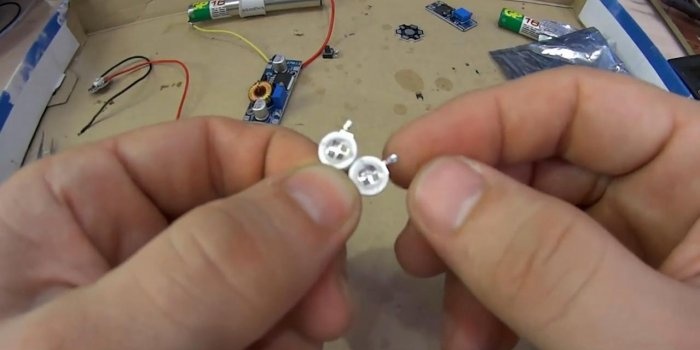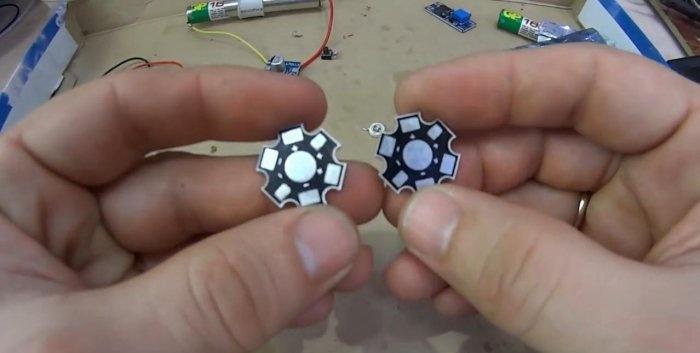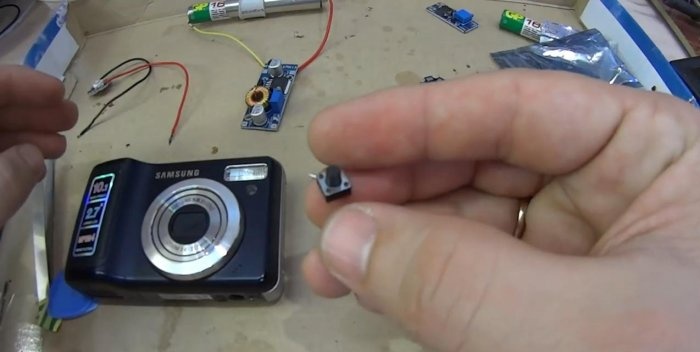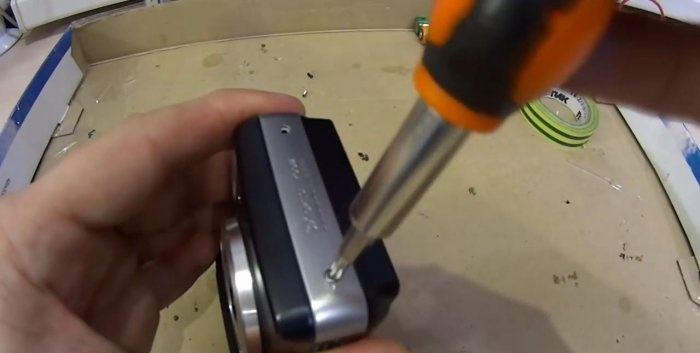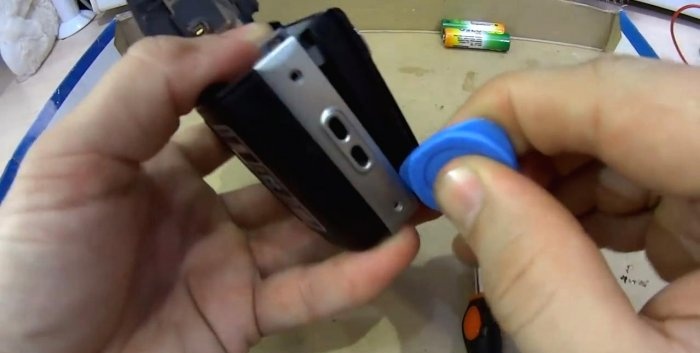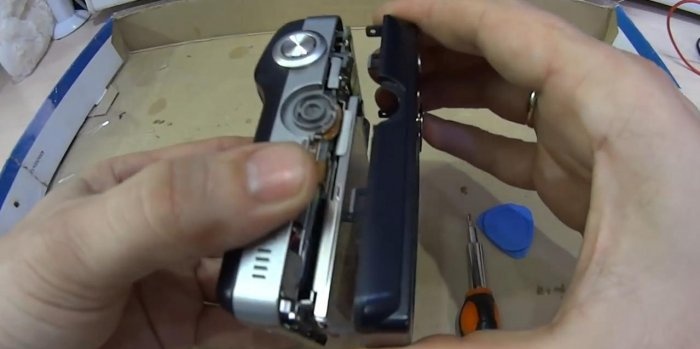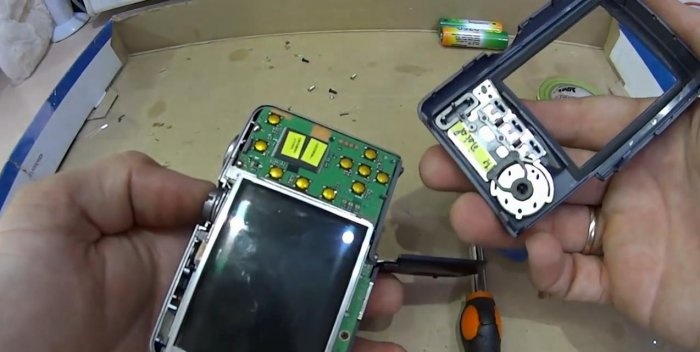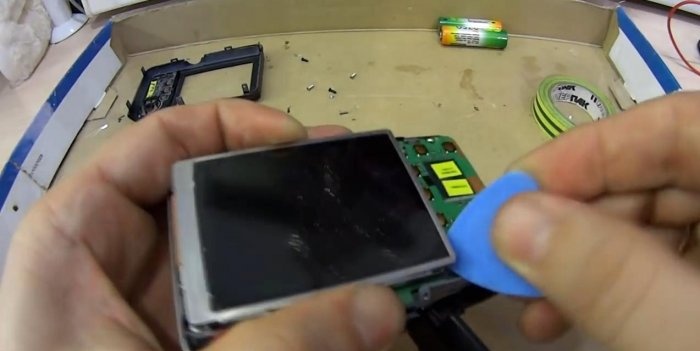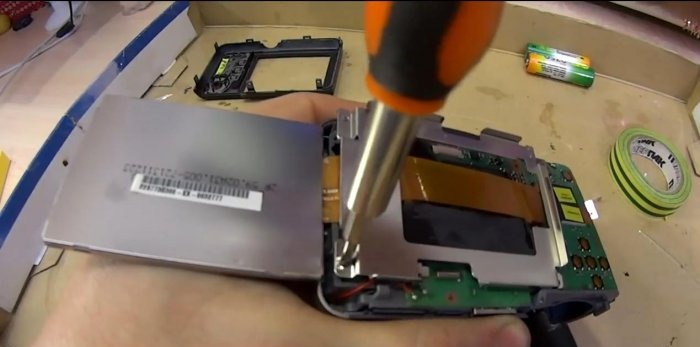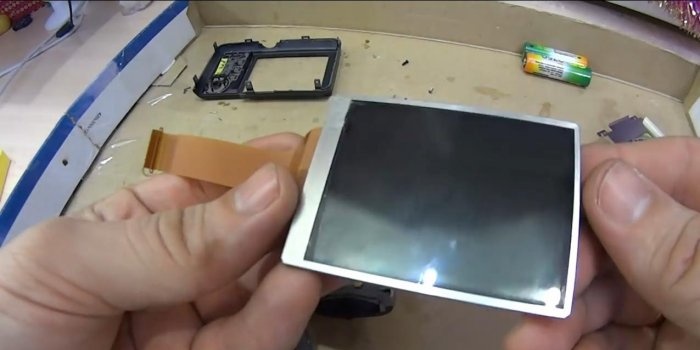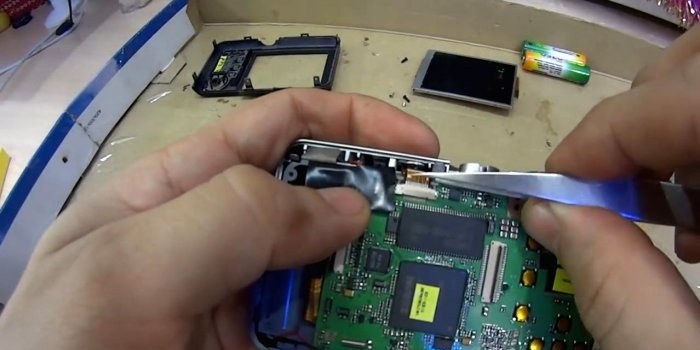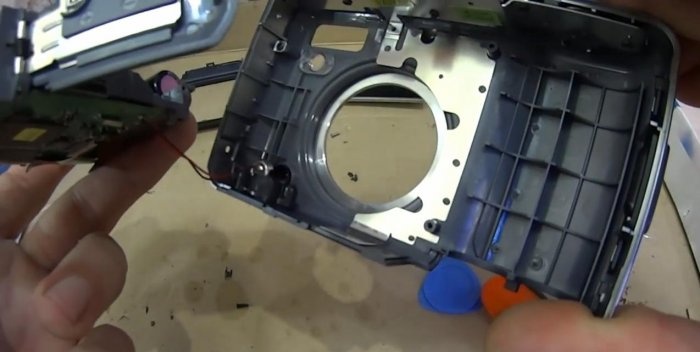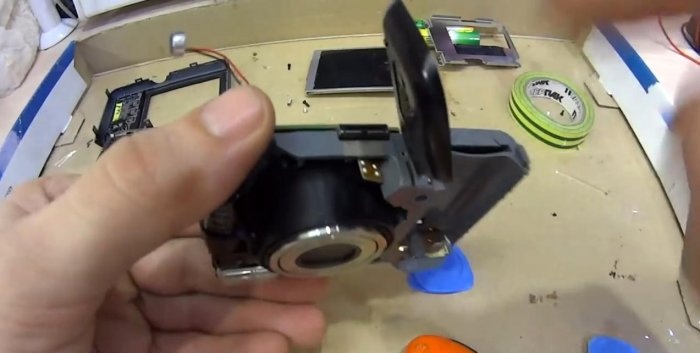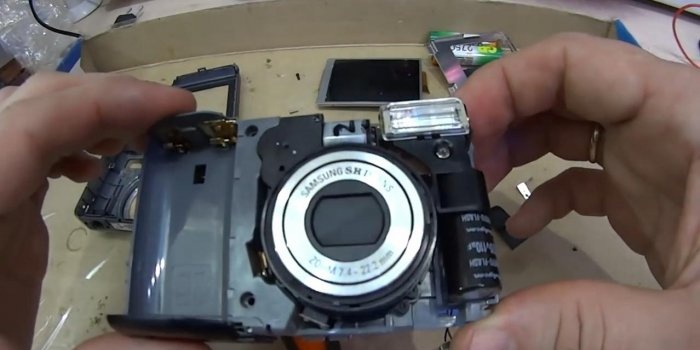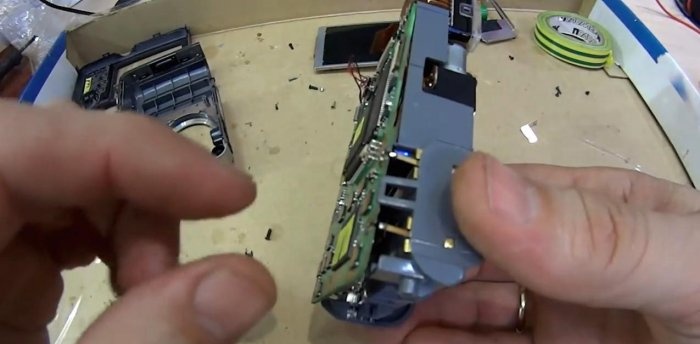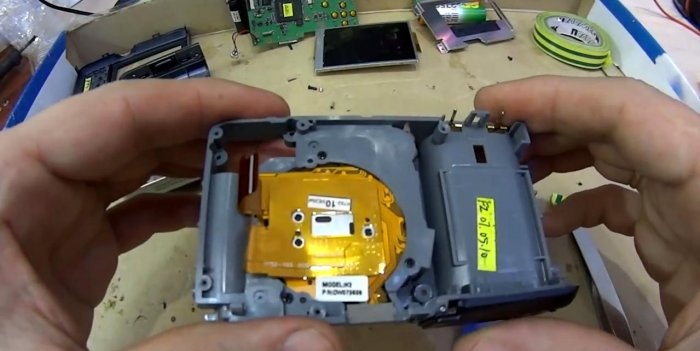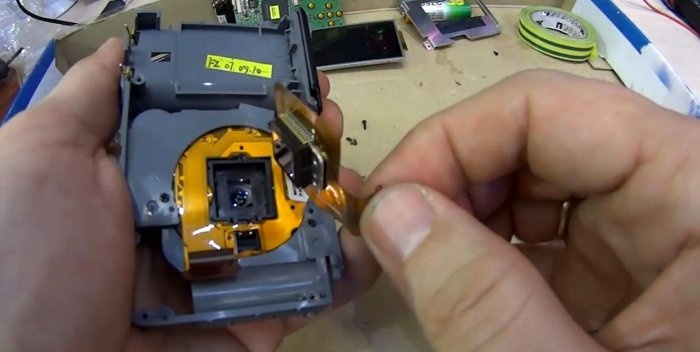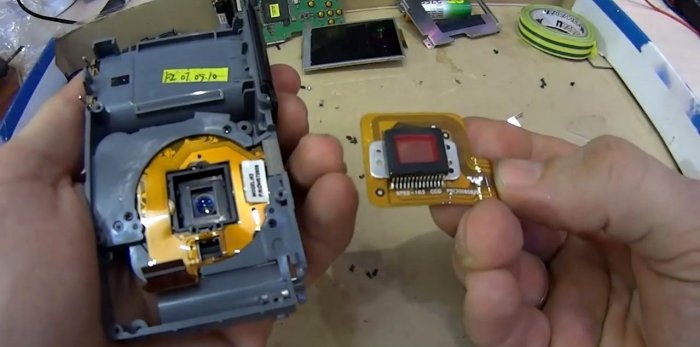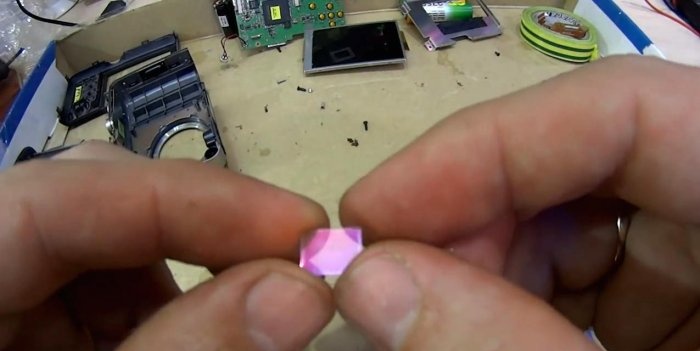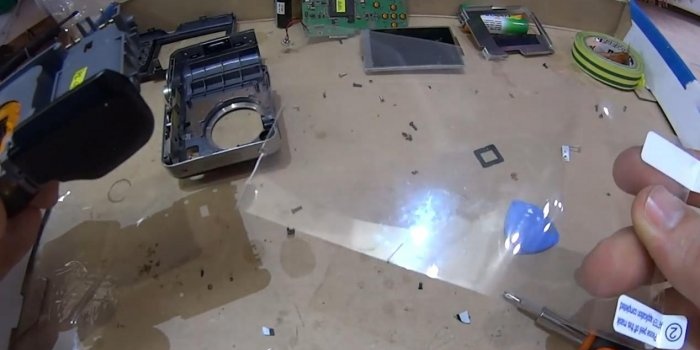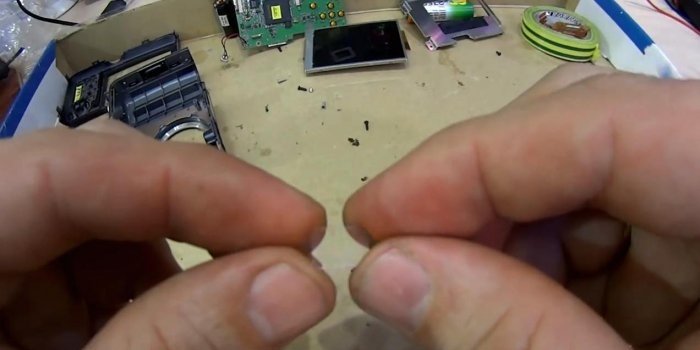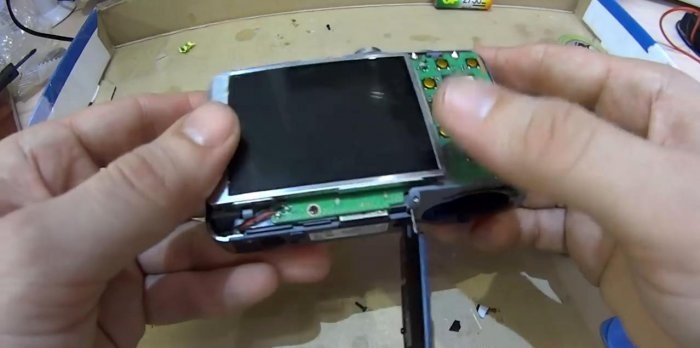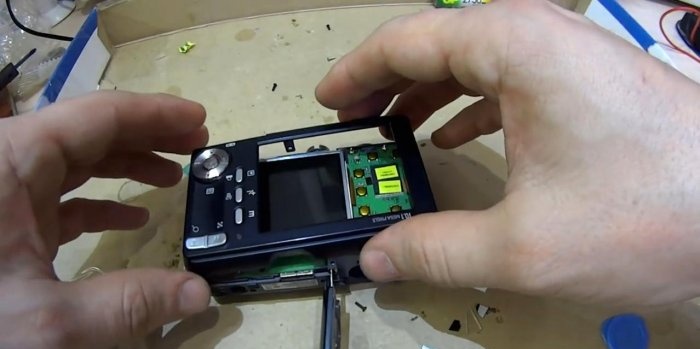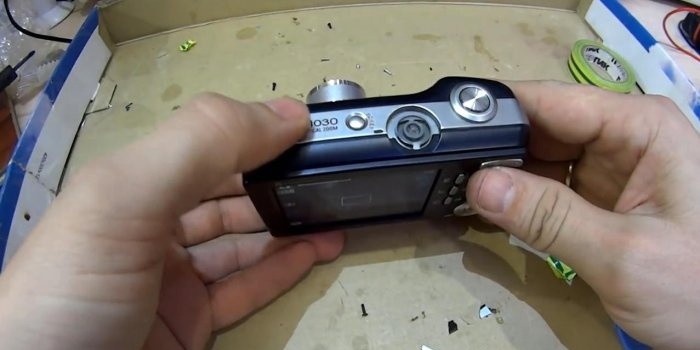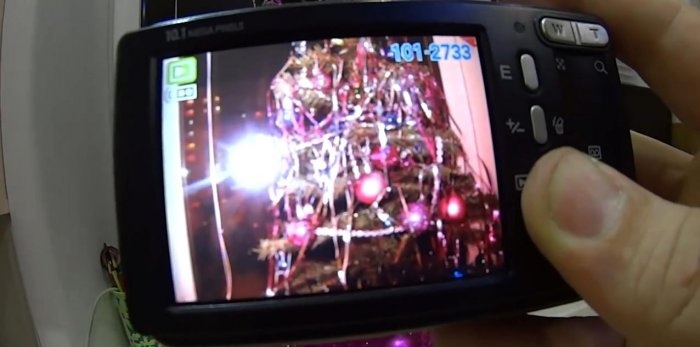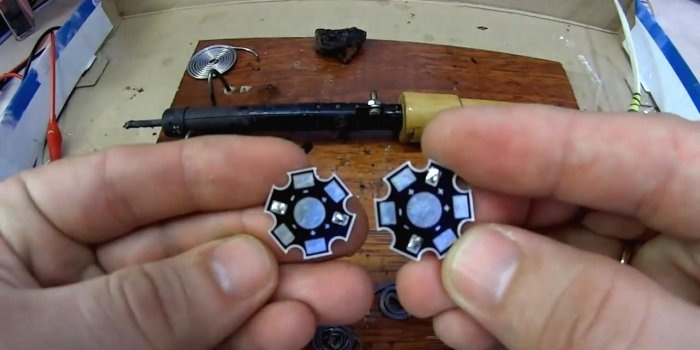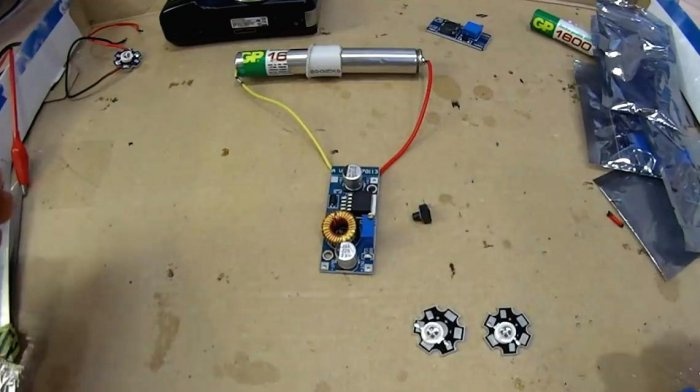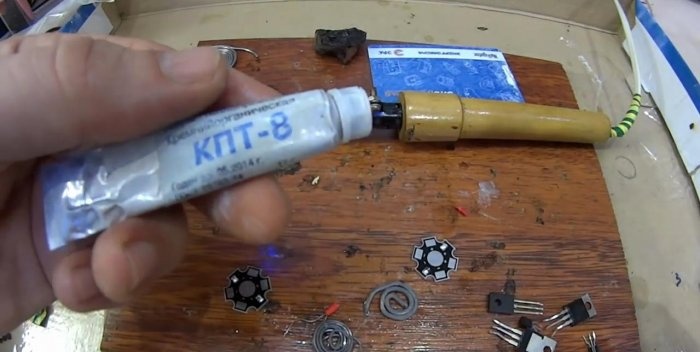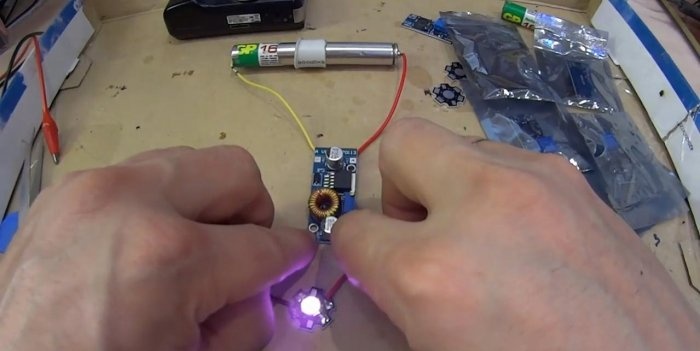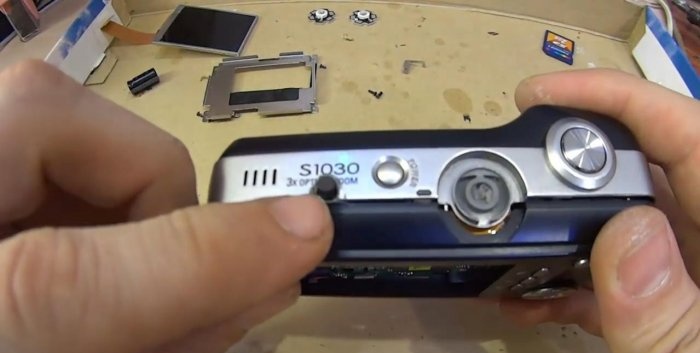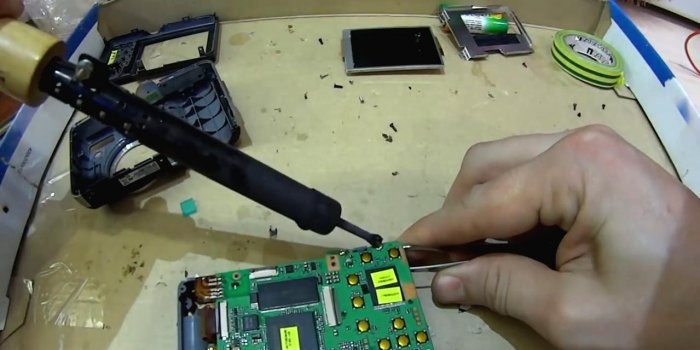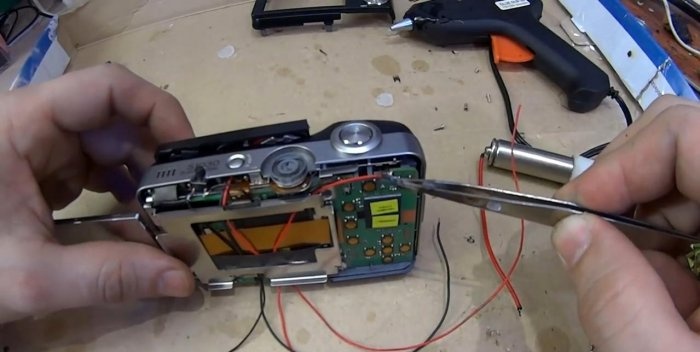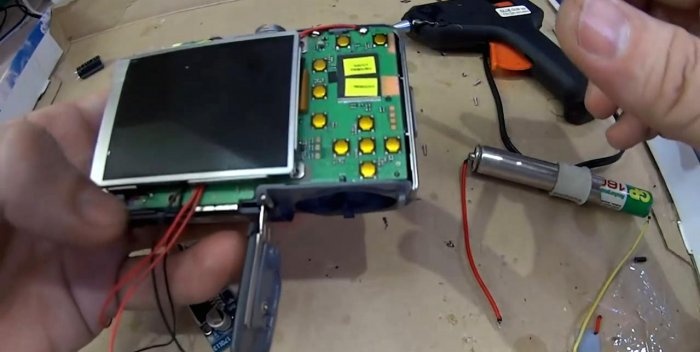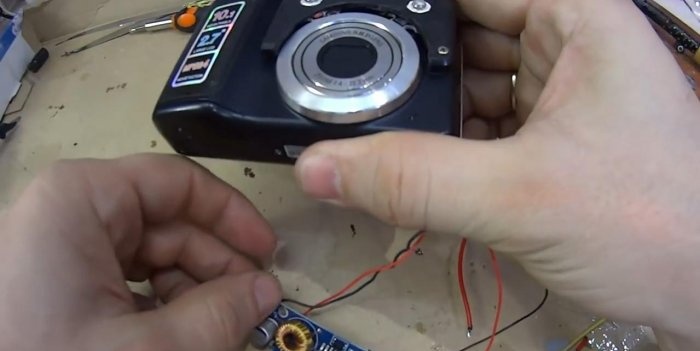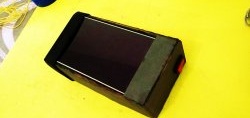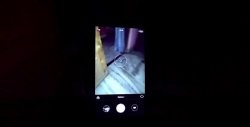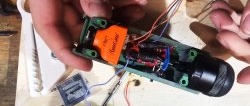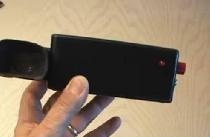Until recently, we heard about them as special equipment for the military, who use them for covert surveillance and combat operations in the dark. The capabilities of such devices are also used in modern conventional cameras. Moreover, some of them are able to distinguish objects in the infrared spectrum, while others are not. Today we will show you how to make a night vision device from a regular digital camera. So let's get started!
How it works and resources for homemade NVGs
Our NVD is based on a digital camera, popularly nicknamed a “point-and-shoot.” The electronic content is preserved, since it is capable of transmitting images in real time through the LCD screen.By changing the lens filtration and increasing the camera's sensitivity to the infrared range, as well as equipping the camera body with infrared illumination, we open up new possibilities for a digital camera capable of capturing objects in the near-infrared range. Also, such a device can be used as a thermal imager, distinguishing heated objects, for example, an unattended iron, electric stove or kettle.
Materials:
- Digital camera;
- Infrared LEDs;
- Cooling radiators for LEDs;
- Buck voltage converter;
- Button – switch;
- AA AA battery 1.5 V – 2 pcs;
- Wires, electrical tape.
Tools:
- Soldering iron;
- Screwdriver with replaceable bits;
- Painting knife;
- Hot glue gun;
- Tweezers.
We manufacture a night vision device (NVD)
For this experiment, the author purchased a working digital camera Samsung S1030. This is a regular point-and-shoot camera with a sensitivity of 50 - 1600 ISO, a maximum resolution of 3648 x 2736, equipped with a 2.70-inch LCD screen on the rear panel.
Removing the infrared filter
Unscrew all visible screws from the back cover of the camera. This is easy to do with a screwdriver, making sure that nothing interferes with its dismantling. This must be done as carefully as possible, without damaging the plastic closures and clips, and without pulling out the cables of the electronic filling.
We unlock the LCD screen by carefully removing it from the holder frame, which we then also dismantle. We release the cables from the LCD screen and camera control from the connectors. The output control board should release the front cover, which can now be unfastened from the device.
The wiring leading to the microphone must be removed, or this element must be disconnected completely.Having gained access to the high-voltage capacitor for the flash, it must be de-energized with a resistor, voltmeter, tester or light bulb by short-circuiting its contacts.
Having unsoldered the power contacts, remove the camera control board, leaving only the lens and matrix. It is to her that we need to get close.
We unscrew the matrix board with the light-sensitive sensor that captures the image. In this model, the infrared filter is a small removable glass covered with a polymer frame. Remove it carefully with tweezers, without damaging the surface of the sensor.
To maintain the camera's ability to autofocus, it is necessary to compensate for the lack of a filter with a transparent material of similar size. The author adapted it from a protective film for his smartphone.
We mount the control board, front cover and LCD screen with a frame for it in the reverse order. Don't forget to connect the disconnected cables to the connectors. By connecting the control panel on the back cover, we check the functionality of the camera.
Installing LED lighting
On the cooling radiator boards we place LEDs and outlet contacts. We connect the voltage reduction module to the batteries and configure it to the required parameters.
LEDs coat it with thermal conductive paste to transfer heat to the radiator panel, and then solder it to the contacts.
We bring the microbutton to the upper part of the body, making a hole under it with a knife. It can be secured with hot glue. LEDs We place it on the front panel of the camera to illuminate the lens. We connect them in series, connecting the contacts to the step-down module.
We find the power contacts on the control board, and from them we bring out the wiring through the button to the step-down module. The electrical circuit of the device is ready.
Assembling the device
All components must be assembled so that the wires do not protrude outside the housing. LEDs The author closed it with a plastic panel using small screws. We hide the wiring in free niches in the housing, and insulate the contact groups with hot glue. The external step-down module can be attached to the case using hot glue or a couple of small screws.
Our homemade NVD can be considered ready. The range of such a device will directly depend on the photosensitivity of the camera sensor, as well as the power of the IRLEDs. Of course, it will be far from what real night vision devices offer, but for short distances it is what you need.
The quality of ordinary photographs after removing the IR filter will not be correct, and the colors in the photo will be mixed and do not correspond to the actual ones. However, for true IR photography this option is the most suitable!


